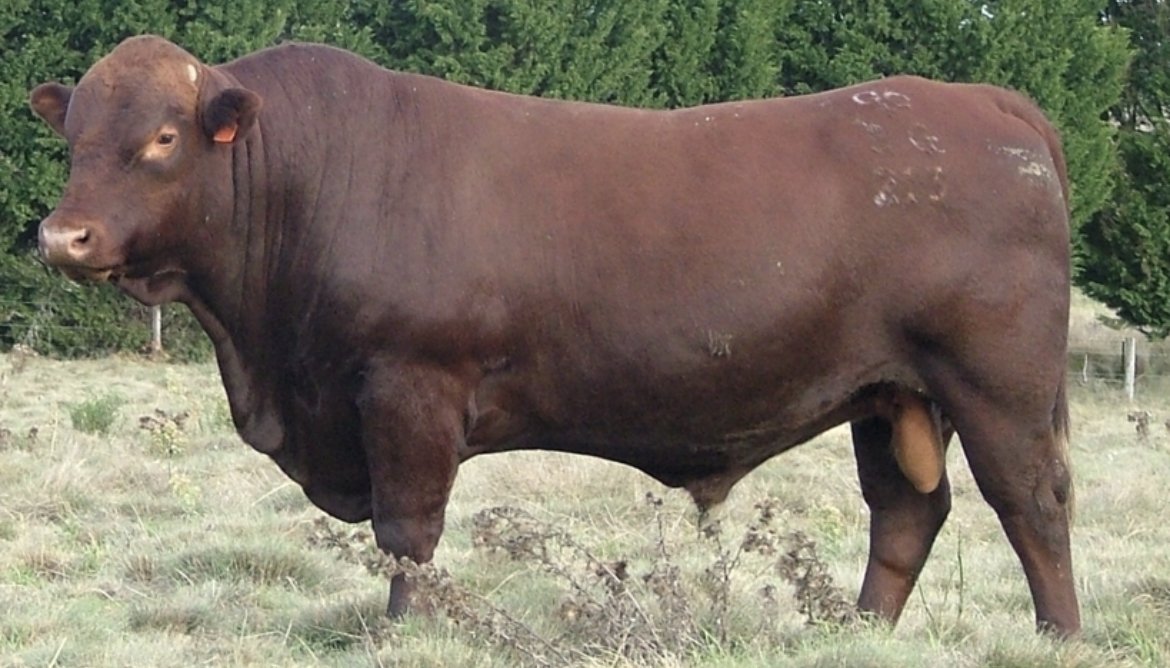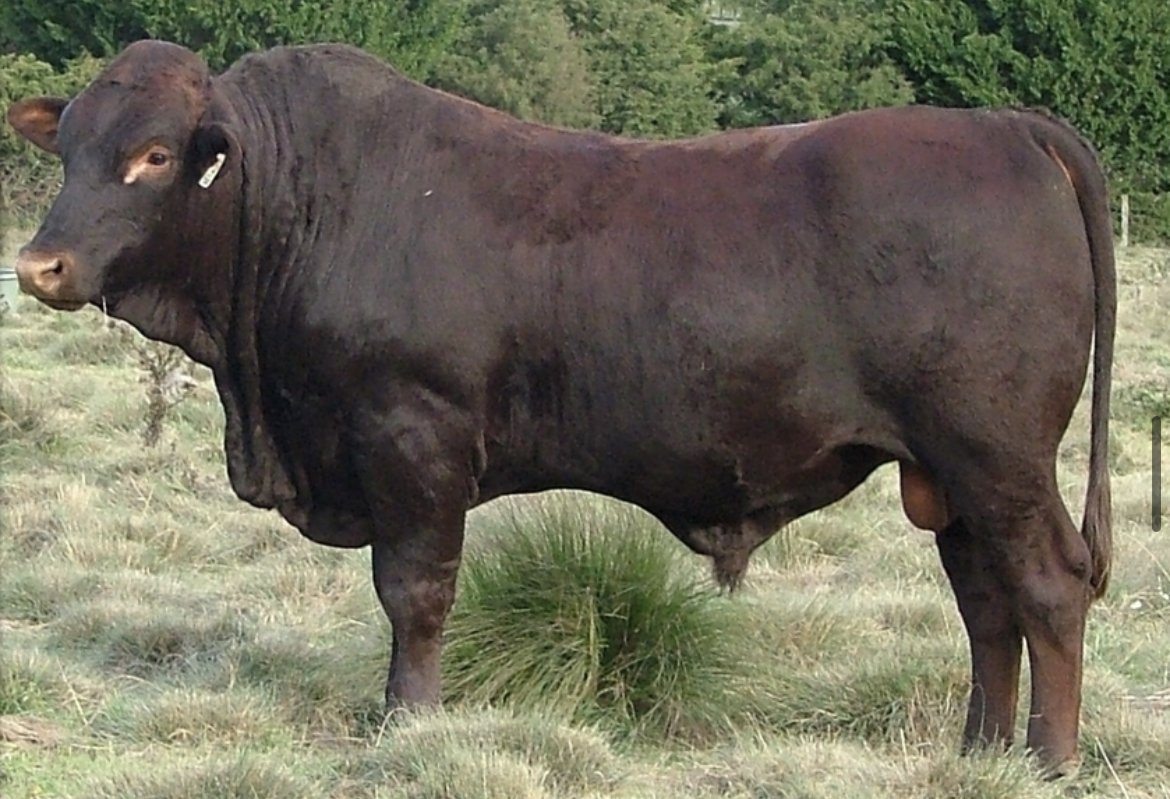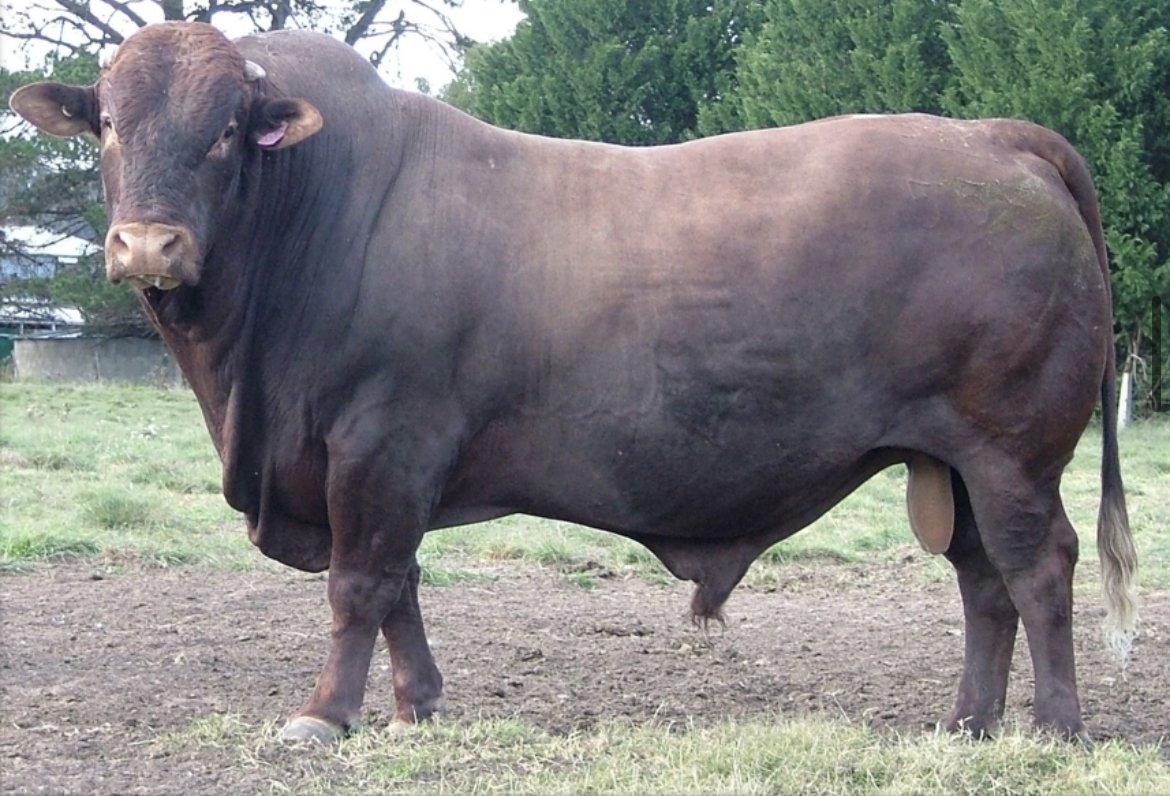CURRAWEE BREEDING MODEL
-
STAGE 1 & 2
Stage 1 ~
The crossbred bull production program commenced in 1996 with the purchase of 50 Moreton Bay Shorthorn heifers. Moreton Bay herd was known for its maternal, marbling and adequate growth. The marbling data was gathered by AMH during the early 1990’s at Beef City. The Moreton Bay herd had no Maine Anjou in it.
To re-invigorate the cross, selected Angus semen was used over some selected Westholm (Tambo district) and Riverslea (Surat district) Shorthorn cows. The superior male progeny (4 bulls from each location) were kept and used over the existing Angus cross Shorthorn females every joining season for 3 generations.
Three bulls from Jon Wrights Blueys (Angus cross shorthorn stabilized) were also used to widen the genetic base.
Stage 2 ~
Clay Centre research, written up during the early 1990’s supported the need for three breeds in the cross to ensure adequate heterosis retention. Retained heterosis is critical to optimise performance once the commerical herds using crossbreds keep and breed from females by the crossbred bulls.
The third breed introduced was the ‘New Direction Simmental’. By far the most effective of the New Direction Simmentals were the Gateway Simmentals bred by Jim and Lyn Butcher in Montana. The Gateway Simmentals are much more moderate framed than the traditional European cattle and so require much less maintenance. The New Direction Simmentals come complete with readily available carcase data.
Data gathered by the USA Simmentals Association has been instrumental in providing factual evidence re the important carcase performance of the New Direction Simmental.
-
STAGE 3 & 4
Stage 3 ~
In 2004 Blair & Josie Angus asked Sally and Greg Chappell to help them with their seedstock production for Capentaria Downs. The females had to be retained and steer progeny grown out to 400kg, fed for 100 days (No HGP) and the carcase had to fulfil the Kimberley Red spec.
By 2004 the 3 way cross females were being multiplied and so the need was for a ‘Sire Breed’ that was not going to detract from the all important carcase merit from the program.
The Sire breeds selected included the Bonsmara and Belmont Red.
Initially the program concentrated on the straight Bonsmara’s they were joined to a set of Angus cows and the 3 way cross cows. Several issues came to the fore with the Bonsmara progeny;
-Small testicles
-Hair
-Temperament
-Lack of body length
Descision taken to incorporate Belmont Red into the sire line, the adaptor line. An advantage of using the Belmont has come from the CRC I and II data available on the Belmont Reds. Unfortunately, much of this data has still to be written up.
Belmont Red/Bonsmara sires sourced from Mt Eugene, Valinor and Belmont Research Station. The Belmont infusion has improved
-Scrotal circumference
-Temperament
-Body Length
-Hair type
The outcome has to be 50% Tropical Adaption and 50% British Taurus. The breed percentages are not of a concern.
Stage 4 ~
Given the fact that cattle producers in the extensive beef production regions must retain females it is important that the female herd is stimulated with additional hybrid vigour particularly after the third generations.
To introduce the additional vigour an additional breed has been added - The Red Poll.
The Red Poll is a British Taurus of similar performance to the Angus and the Shorthorn. The additive traits from the Red Poll include;
-Slick hair
-Red Colour
-Polledness
-Ideal muscle to bone ratio
-Fertility
The first set of Red Poll infused bulls were then worked at Carpentaria.
The following photographs provide an indication of the types of bulls used to establish this 50% Tropical Adaption (Taurus) and 50% British.
-
CURRENT
Since moving the herd to Bingo and Neogen released the Identity beef profiles. The focus has again mainly been on stayability and marbling traits whilst maintaining adequate growth and safe calving traits.
Red Angus genetics were added from Hicks Beef to get a 50:50 red product.
In recent times, additional Angus genetics have been added from Dulverton Angus, Stoney Point Angus an Reiland Angus. Belmont Red genetics have been sourced from Seifert Belmont Reds, Wahroonga Belmont Reds and Mt Eugene.
With identity profiles we can really target the traits that are profitable, whilst producing functionable cattle.


